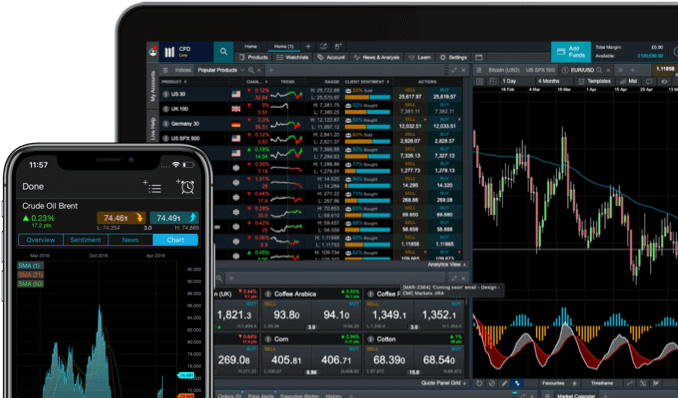Oil trading falls within the energy category within the commodities market. The oil and gas industry produces international commodities such as Crude Oil Brent and Crude Oil WTI, as well as more local commodities including natural gas and heating oil for homes.
Crude oil prices can vary depending on their origin and current supply and demand, and oil trading prices fluctuate throughout periods of volatility. The two most commonly traded benchmarks of crude oil are Brent and West Texas Intermediate (WTI), both of which are available on our online trading platform. See here for our Brent crude oil price chart and WTI price chart.
There are several differences between WTI and Brent crude oil that are important to consider when choosing your commodity to trade. Brent is sourced from the North Sea and has more prevalence internationally, whereas WTI can only be sourced from oil fields inland of Texas and Louisiana, for example. WTI is seen as a lighter and sweeter alternative crude oil with a lower sulphur content. Given the fact that Brent is sourced close to the sea, this reduces transportation costs in comparison with WTI, which is sourced from land. This can affect the price of both WTI and Brent CFDs when it comes to buying and selling raw commodities.

















